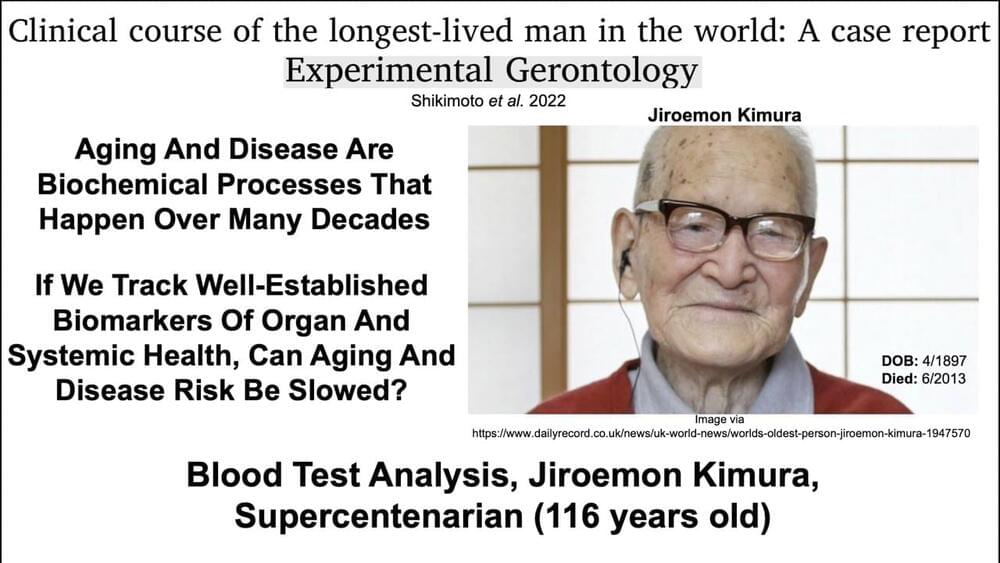It got weird, fast.
And what about Wolszczan’s pulsar detection method? As precise as it is, shouldn’t it have revealed many such pulsar planets by now?
That’s the thing, according to Wolszczan. “I’ve been engaged with a number of long-term surveys, which were to search for millisecond pulsars and then look for planets around them,” he says, and while they’ve found a few objects around neutrons stars, they’ve found nothing like the PSR B1257+12 system. “That is the disappointing part of the whole story.”
It remains a mystery why the first confirmed exoplanet appears to be part of a one-of-a-kind system. But then, exoplanet science is still relatively young and full of surprises. Star systems once assumed to be entirely hostile to life may yet prove to provide it a narrow niche.









